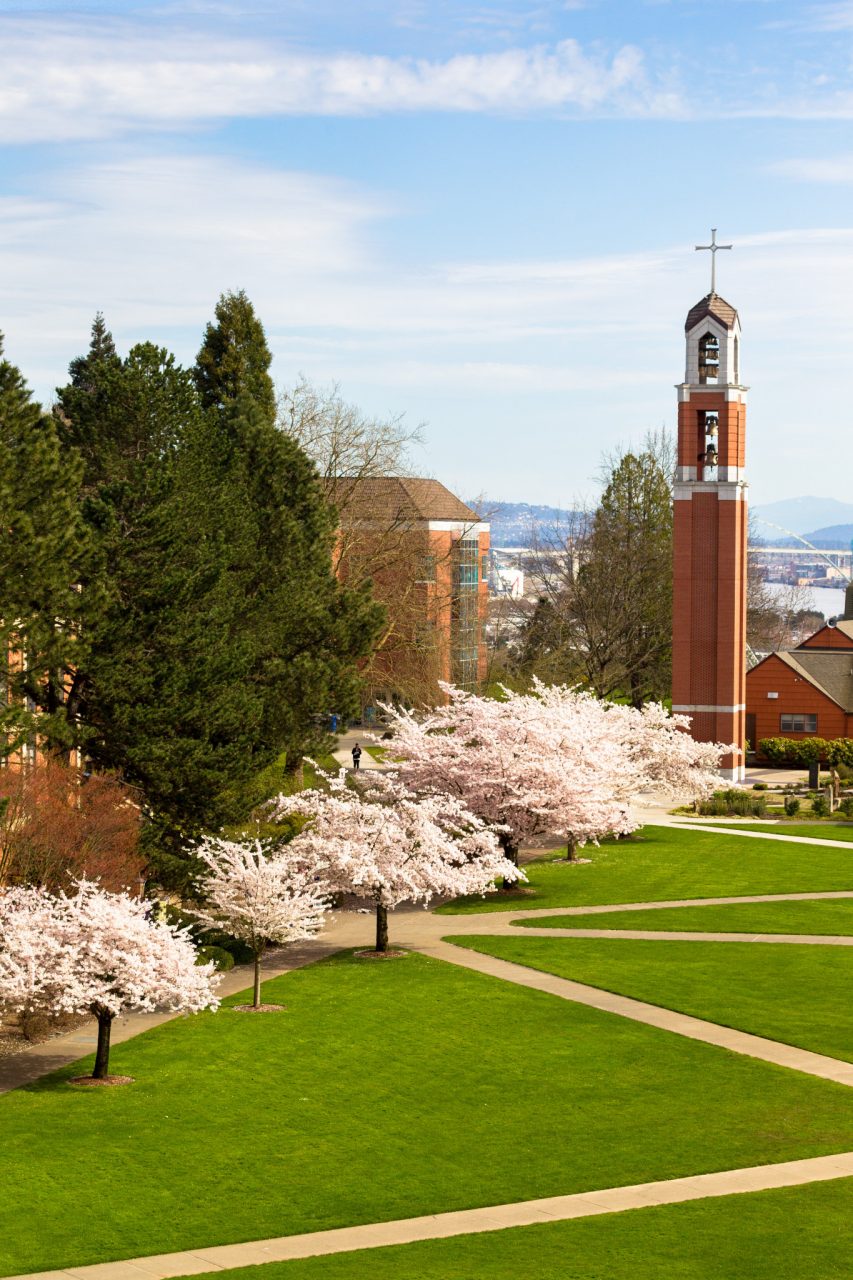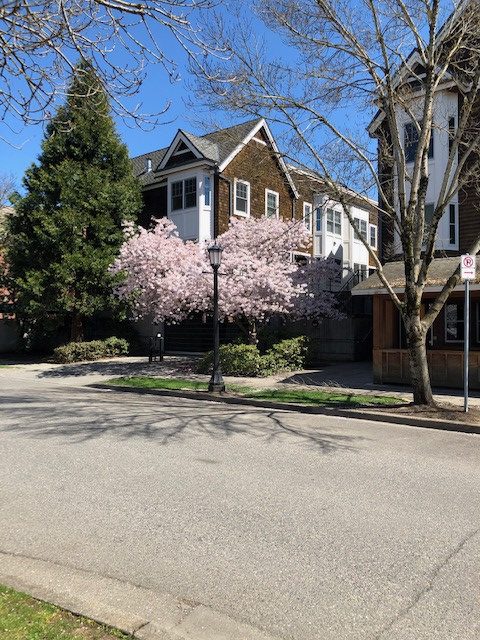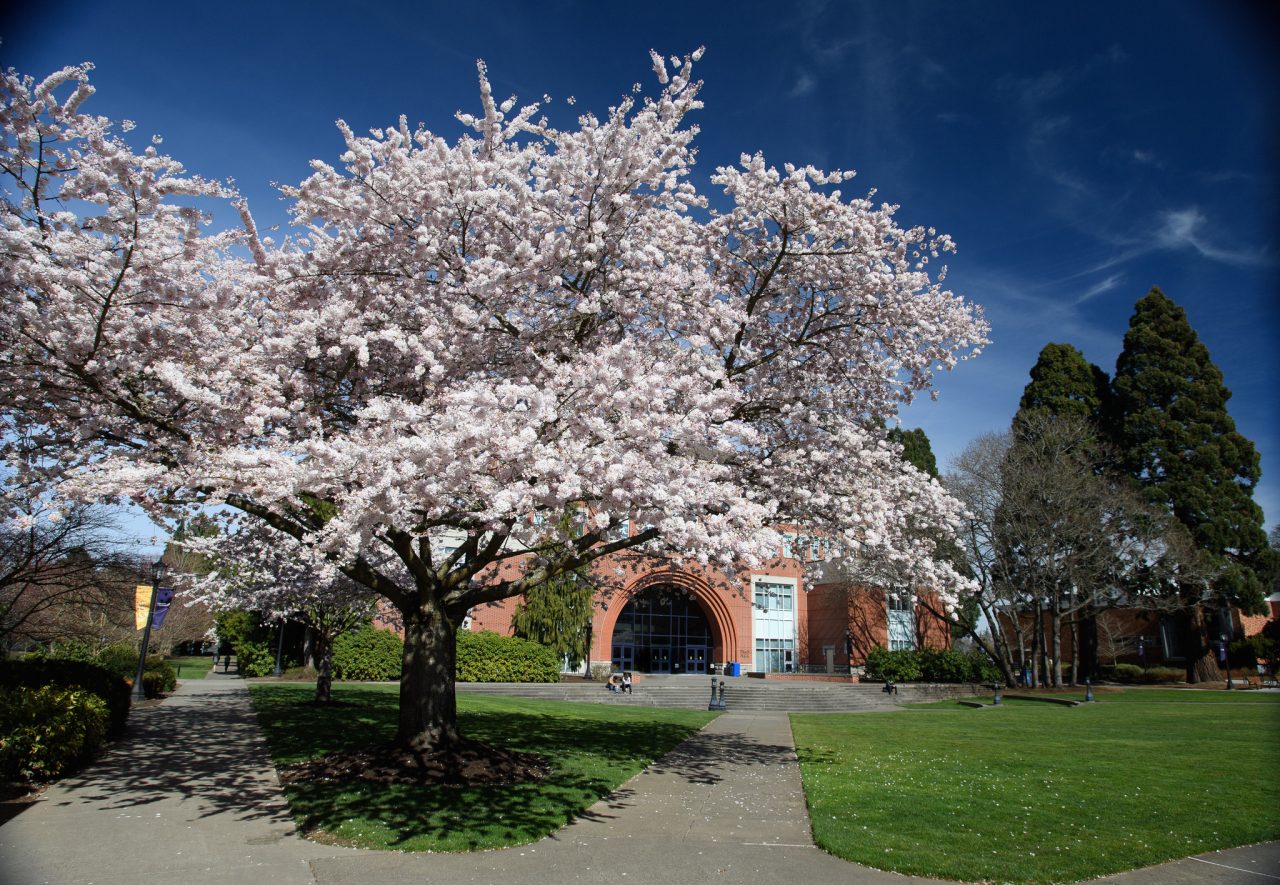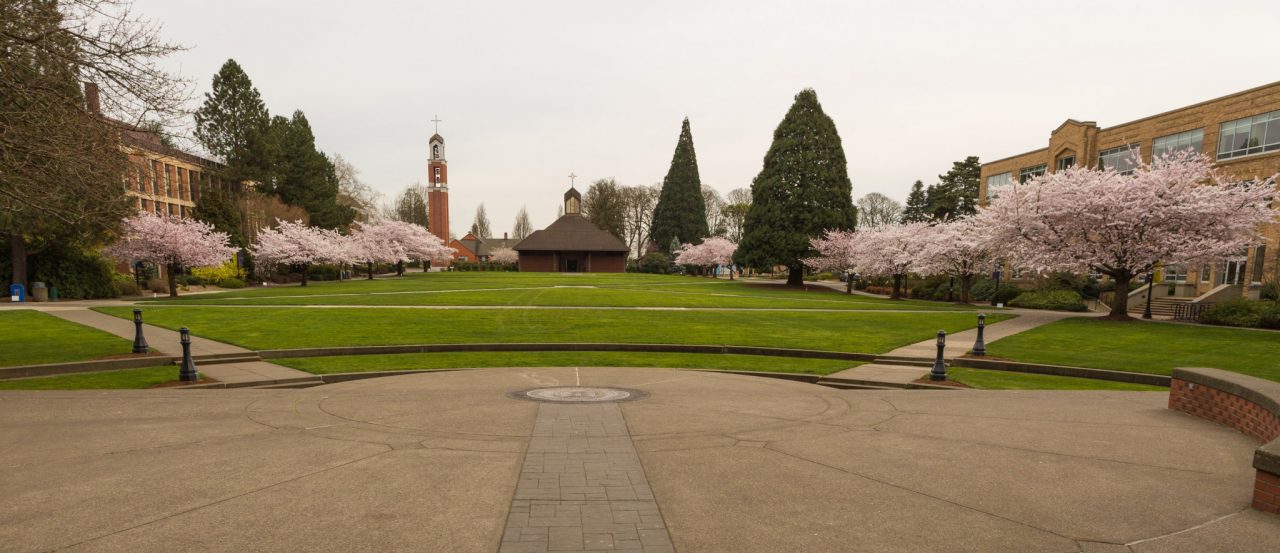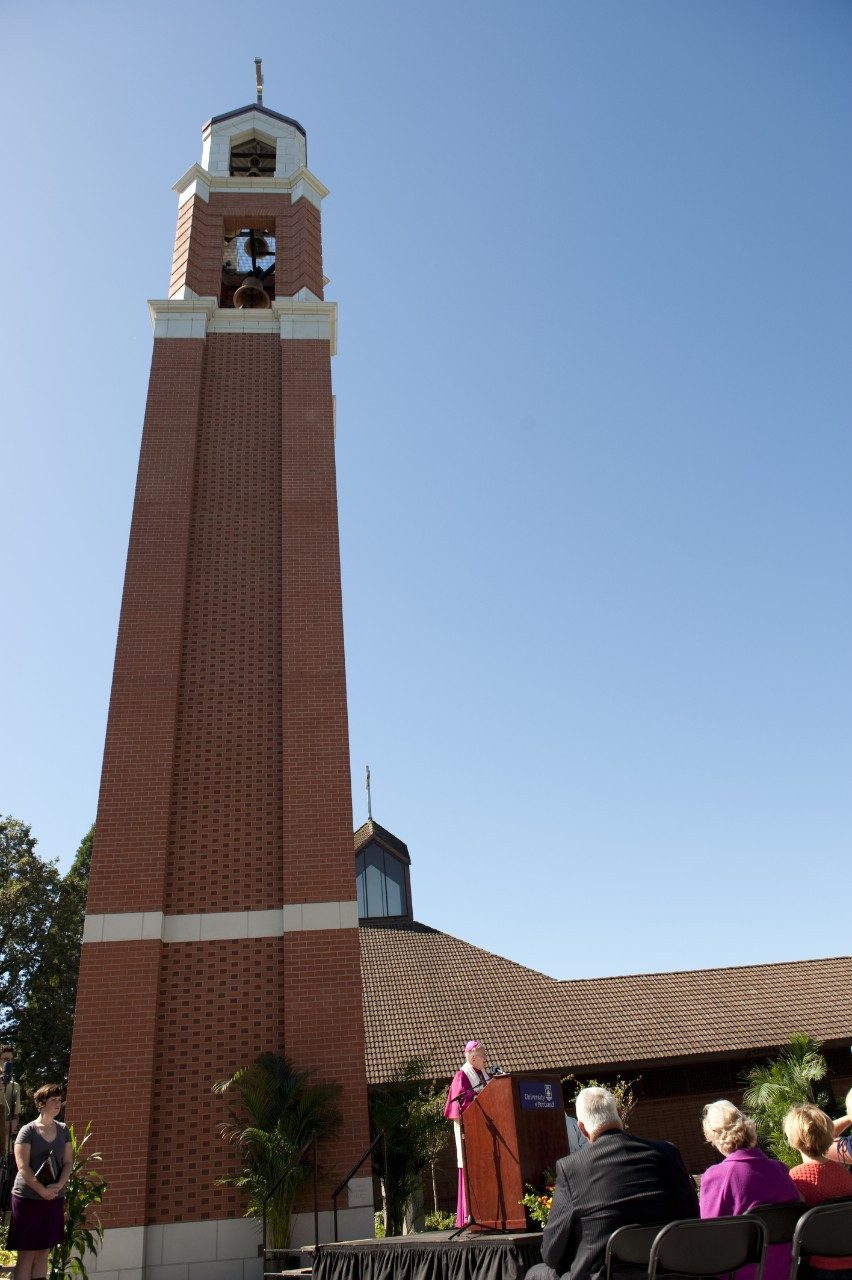
Built in 1891, West Hall served the short-lived Portland University (1891-1899) and was purchased along with the 25 acres of the bluff campus by Archbishop Alexander Christie in 1901 as a Catholic college (Columbia University renamed University of Portland in 1935) under the direction of the Congregation of Holy Cross. As the only structure at our beginning, West Hall contained the entire new University: becoming classrooms, dormitory, library, dining hall, Chapel, and offices. Naturally library, dormitory, dining hall and Chapel later migrate as new facilities appear. Today West Hall/Waldschmidt Hall houses student services and administrative offices.
In 1977, during the University’s Diamond Anniversary celebration, West Hall was named a historic building and placed on the National Register of Historic Places. At its century mark (1991-92), an extensive renovation brought an elevator, light, the grand-staircase, and more to the old bones. At a rededication ceremony thirty years ago on October 17, 1992, West Hall was renamed as Waldschmidt Hall in honor of the University’s 15th president (1962-1978), Bishop Paul Waldschmidt, C.S.C.

(Marketing and Communications photo)
As the University’s longest-serving building, Waldschmidt Hall has welcomed all University presidents from the first, Rev. Edward P. Murphy who rang the opening bell on September 5, 1901, to the University’s 21st president, Dr. Robert Kelly.
For more pictures and history of West/Waldschmidt Hall visit the Clark Library’s Digital University Buildings Collection, displaying images of photographs and objects held by the University Archives and Museum (with descriptions from the Archives and Museum).
Related Posts:
In the Beginning: Cornerstone West Hall




